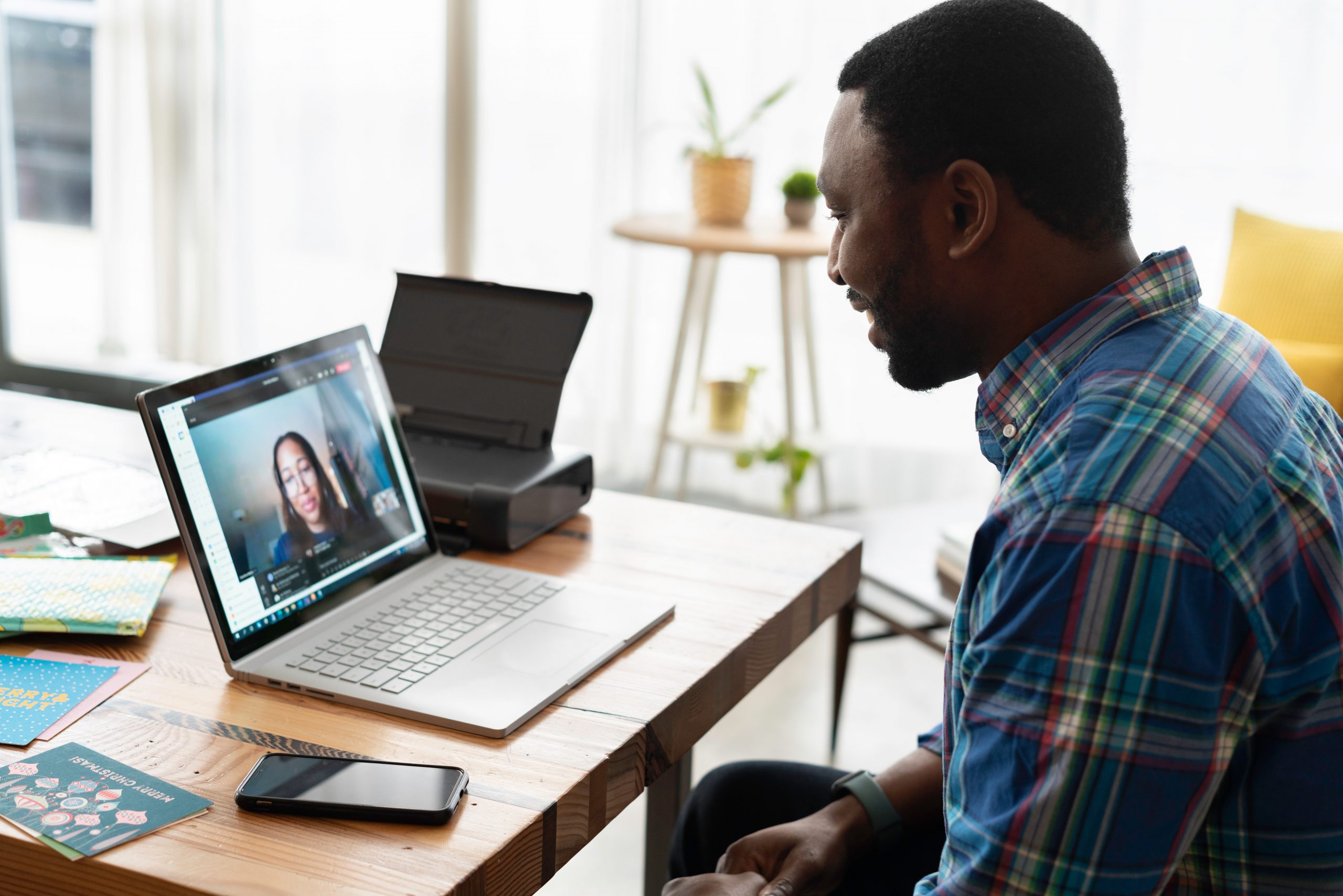In contrast to the abrupt and dramatic changes brought to our working lives in 2020, we’re now seeing a more subtle, but wide-reaching evaluation of how we work – and how we lead our people – in a world where Zoom and Teams are the new meeting rooms.
While there’s no doubt that a lot of the changes to our work lives are permanent, I’ve no doubt that at some point we’ll return to an environment where there are few constraints to travel or face-to-face contact. But in the meantime though, as a global organisation, we’re seeing a ripple effect of restrictions that still exist – in some countries there are still limits on the number of employees that can socialise or meet, and only a certain proportion of the workforce can be in the office at once. It means we are having to work closely with government agencies in order to be clear on when we can reopen offices.
So the practical realities of where we meet, how we communicate and what our physical spaces will look like are looming large as we plan our new working world.
But for leaders though, the enduring qualities of empathy, understanding, openness and creativity will still be at the heart of how we engage with our teams.
The need for office workers to stay at home for most of the past year has accelerated discussions about home working and flexibility that we were already having pre-Covid, and raising questions about city locations and the need to adapt our attitudes to work spaces. The office of the future – in fact, the office of now – is more likely to feature lockers and charging stations than it is name plates on the doors, while desks will need to be bookable rather than permanently allocated. Meanwhile, the rise of home working will involve new collaborative approaches with HR and Health & Safety specialists ensuring employees have the ergonomic equipment, facilities and space they need, as well as the reassurance that working environments are safe when they do need to come into the office.
As for the effectiveness of virtual working, I was interested, although not surprised, to see that a recent study by McKinsey of 2,000 tasks found that some – such as brainstorming, onboarding and complex decision-making – were less effective when done remotely. There is clearly very much still a place for the physical workplace.
In other areas, new technology is receiving positive feedback for the potential it brings for meaningful connection with colleagues, with AI being adopted to improve the meeting experience and new virtual rooms that simulate networking events proving popular in trials.
As we decide how our teams can best work, we can be mindful of the lessons learned from the past year about flexible working and wellbeing. One of the issues that we have found – in common with many other organizations – is that people find it harder to switch off, something that’s exacerbated by mobiles, iPads and other devices. We need to work on developing respectful approaches to other peoples’ schedules, perhaps building in 10-minute buffers zone at the end of a meeting to enable preparation for the next one, and not expecting immediate responses to messages – something that’s all too easy when we work from home.
We need to watch out for colleagues as we engage with them on Zoom or Teams and spot when they might need support. Not everyone wants to show their home environment on camera – or even have video on in the first place – and we have to respect personal boundaries about when and where people are called. We also have to recognise that not everyone lives in an area with high speed broadband, and that some colleagues simply don’t live in a space that lends itself to long-term home working.
These essential skills of empathy, respect and open communication are encompassed in the theme of diversity and inclusion (D&I), which is high on our agenda. Our first ever global D&I survey and training programmes are being rolled out across the organisation. We have also established a D&I taskforce that brings together representatives from across the business to meet regularly and who are recognised as ambassadors and champions of diversity. They will have a significant role to play in shaping the future diversity of DHL Supply Chain far beyond the pandemic.
At DHL Supply Chain we’re proud to bring together people with a wide range of skills, experiences, cultures and viewpoints and this gives us a depth, breadth and diversity which as a global company we’re very proud of.
It’s not just that it’s the right thing to do. If colleagues feel able to be themselves at work we are more likely to retain them – meaning our customers enjoy continued service from an experienced team that knows their business.
The last few months have shown us how successful we can be when we collaborate, and have placed an even greater emphasis on those very human leadership qualities of respect, understanding and empathy.
As we seek out the right balance of how our work lives will look going forward, I think our experience has shown that a virtual future can look very bright. But as with everything, the secret is in moderation.









